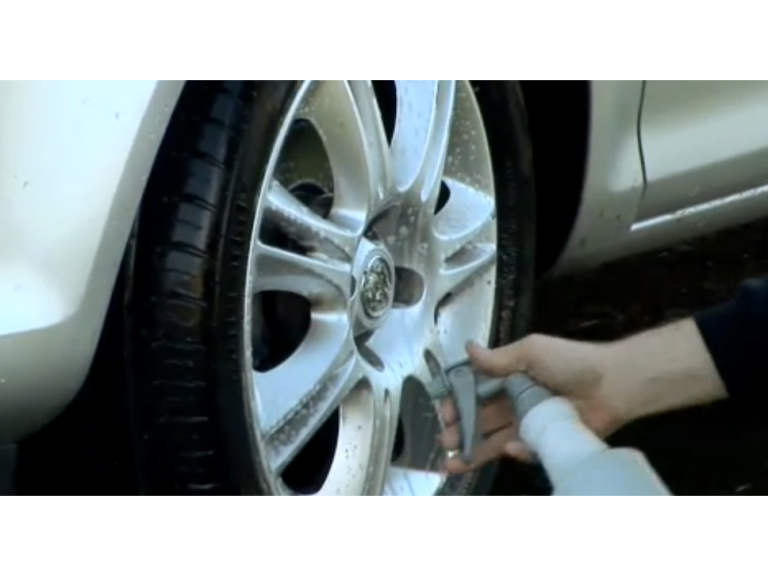
In the UK it's safe to say we're no stranger to wet weather. In fact, we're renowned for it the world over!
2. Keep your speed sensible
Your vehicle's ability to stop quickly and safely is dramatically reduced when the road is wet. If you're travelling at speed and brake on a wet road you could even end up in a spin or skid, which could mean losing control of the car. So if it's wet, you'll need to drop to travelling below the speed limit - you should aim to travel at around a third of the speed limit when it's wet.
3. Avoid Braking
Avoiding your brakes also minimises the chances of skidding. By driving correctly, taking your foot off the accelerator and going down in gear is all you should need to slow your vehicle down.
4. Mind the Gap!
You should always leave a safe distance between yourself and the car ahead, but in wet weather conditions this is even more important. Remember that not only can the spray from vehicles ahead can reduce your visibility, but your stopping distance also increases when the road is wet, so a larger gap is needed.
5. Light them up!
Help yourself to see the road more clearly, as well as other drivers to see you, by switching on your lights.
4. Keep centred8. If it's got too heavy...
If it's a serious downpour and your wipers are struggling with the sheets of water they can't cope with, don't risk driving through it with significantly reduced visibility. Stop on the side of the road & wait for it to subside.Hi - me and my gang champion and promote the best businesses in the Croydon and Bromley Boroughs. If you are a local business owner, then we'd love to help you grow your profile, profits and get more business.
The following Cookies are used on this site. Users who allow all the Cookies will enjoy the best experience and all functionality on the site will be available to you.
You can choose to disable any of the Cookies by un-ticking the box below but if you do so your experience with the Site is likely to be diminished.
In order to interact with this site.
To show content from Google Maps.
To show content from YouTube.
To show content from Vimeo.
To share content across multiple platforms.
To view and book events.
To show user avatars and twitter feeds.
To show content from TourMkr.
To interact with Facebook.
To show content from WalkInto.